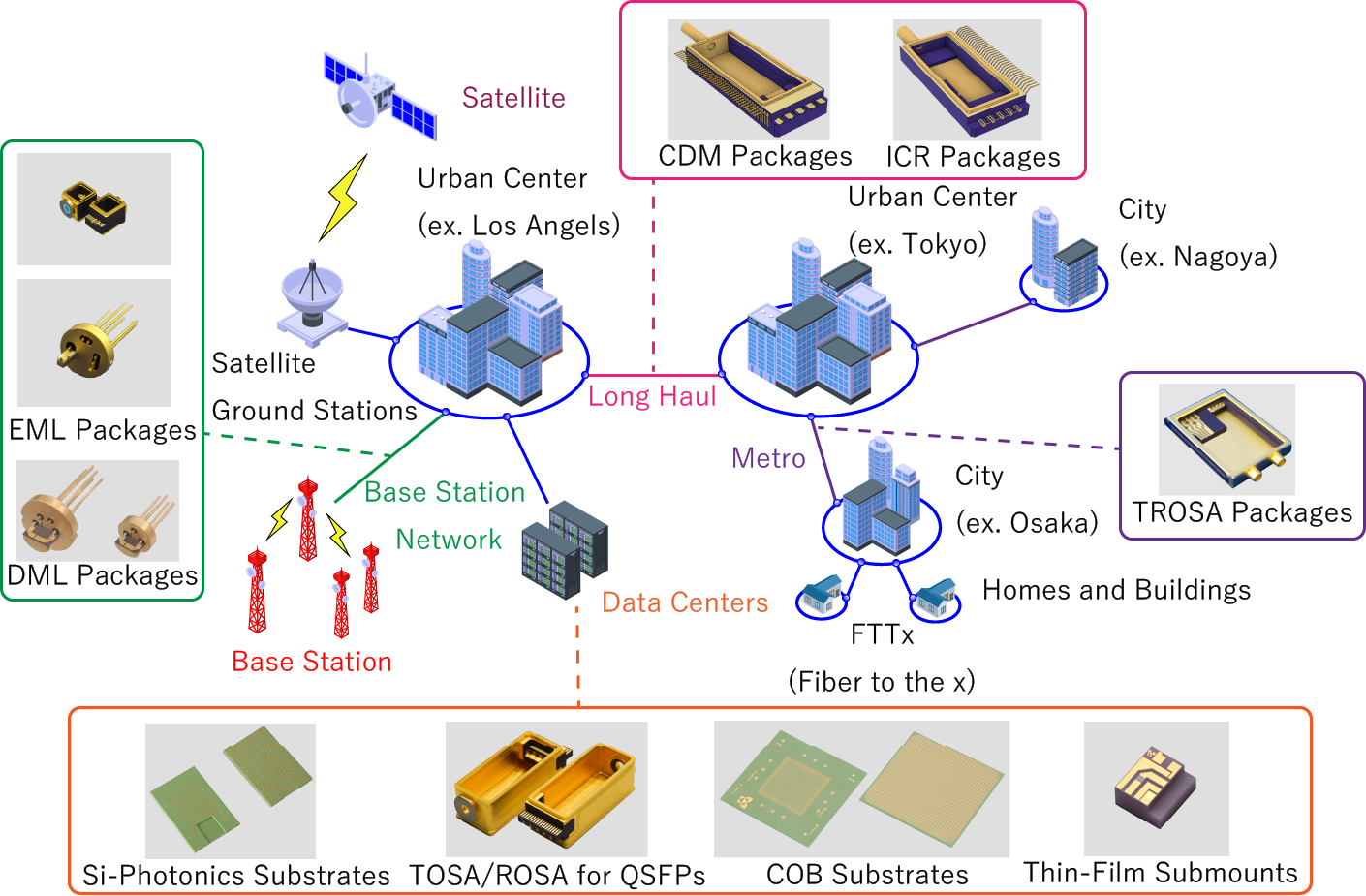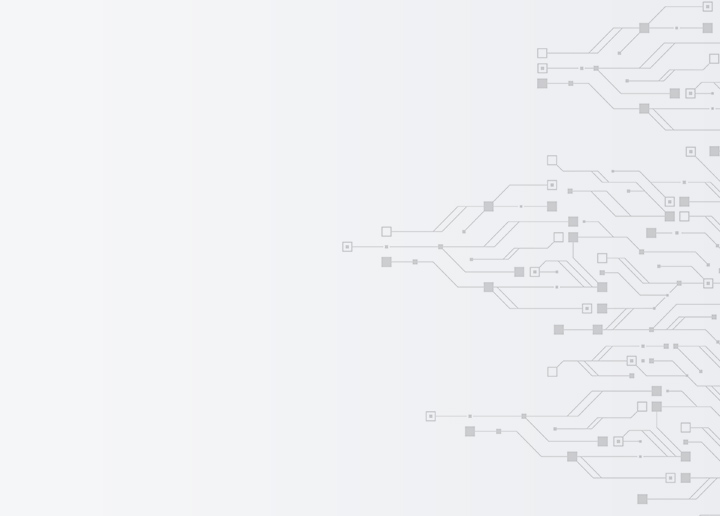What is Digital Infrastructure?
The wave of digitalization transforming our world is reshaping industries and socio-economic systems from manufacturing and services to agriculture and healthcare. At the same time, growing demographic challenges such as labor shortages and aging populations are becoming harder to solve without the support of digital technologies.
Digitalization is not a future goal. It is a present imperative and a foundational requirement for sustainable growth driven by robust digital infrastructure. What follows is an overview of digital infrastructure, along with the devices and technologies that support it.
Contents[Hide]
- 01. What is Digital Infrastructure?
- 02. Information and Communications Supported by Digital Infrastructure
- 03. Digital Infrastructure Hardware and Key Device
- 04. Kyocera's Technology Supporting Digital Infrastructure
- 05. Kyocera's Technologies Supporting Electronic Devices for Digital Infrastructure
01
What is Digital Infrastructure?
In general, infrastructure refers to foundational systems that support essential services necessary for economies and societies to function, such as electricity, gas, water, sanitation, highways, airports, and railways.
Rapid digitalization has made internet servers, data centers, and the networks connecting them essential to modern society. Together, they form a foundational system known as digital infrastructure that enables our modern world to function.

Our daily lives increasingly rely on digital services, including smart home appliances, smartphone-based newsfeeds to social media, and office work powered by PC applications and broadband connectivity. Beyond these existing services, more aspects of work and life are becoming digitally automated, such as driver-assistance systems and smart factories, all made possible by a rapidly expanding digital infrastructure.
02
Information and Communications Supported by Digital Infrastructure
The illustration below shows how data flows through digital infrastructure. Trans-oceanic cables extend communications networks globally, while optical networks boost speed and bandwidth among data centers and base stations. From there, wireless data is transmitted to mobile devices, smartphones, vehicles, and factories. Data centers store and process vast amounts of information. As Big Data and AI continue to advance, the volume of information keeps growing, driving the development of faster, more powerful computers. The ongoing evolution of digital infrastructure will accelerate innovation across industries, such as smart factories, autonomous driving, and the widespread use of AI.

03
Digital Infrastructure Hardware and Key Device
Digital infrastructure hardware can be classified mainly into two functions: "Information Connecting" and "Information Processing". As the components of these functions, the following devices are key to the continued advancement of digital infrastructure.
- Information Connecting: Communications Networks (5G Base Stations / Submarine Cables)
- Key Devices
- Optical Transceivers / Power Amplifiers for Base Stations
- Information Processing (Data Centers / Servers)
- Key Devices
- Advanced Semiconductors for High-Performance Computing (HPC) / Multi-access Edge Computing (MEC)
04
Kyocera Technologies Supporting Digital Infrastructure
Kyocera technologies support key devices used in digital infrastructure hardware.
Here are a few examples:
LTCC Packages for HPC Applications
Advanced semiconductors for high-performance computing and related applications require high-speed and high-volume processing with low power consumption. Kyocera develops LTCC package solutions for HPC applications.
LTCC Characteristics
- Lower loss at high frequencies compared to organic build-up substrates
- Lower inductance
- Lower dielectric loss tangent
- Lower frequency dependence
- Available with a coefficient of thermal expansion (CTE) approximating either Si or PCB materials, thereby reducing thermal expansion mismatches
- Less heat deformation
- High flexural strength / high rigidity
Optical Communications Packages / Submounts / Lids
Kyocera's ceramic packages are utilized in optical transceivers for communications networks. Kyocera offers a wide range of packages to meet high-speed, low-latency, and high-reliability requirements.
Products for Optical Communications

05
Kyocera Technologies Supporting Electronic Devices for Digital Infrastructure
Digital infrastructure forms the backbone of our society, enabling multi-point connectivity for user terminals and a seamless flow of high-speed data.
By continuously innovating new solutions for electronic components, devices, and semiconductors, Kyocera supports new infrastructure milestones and higher performance requirements.


